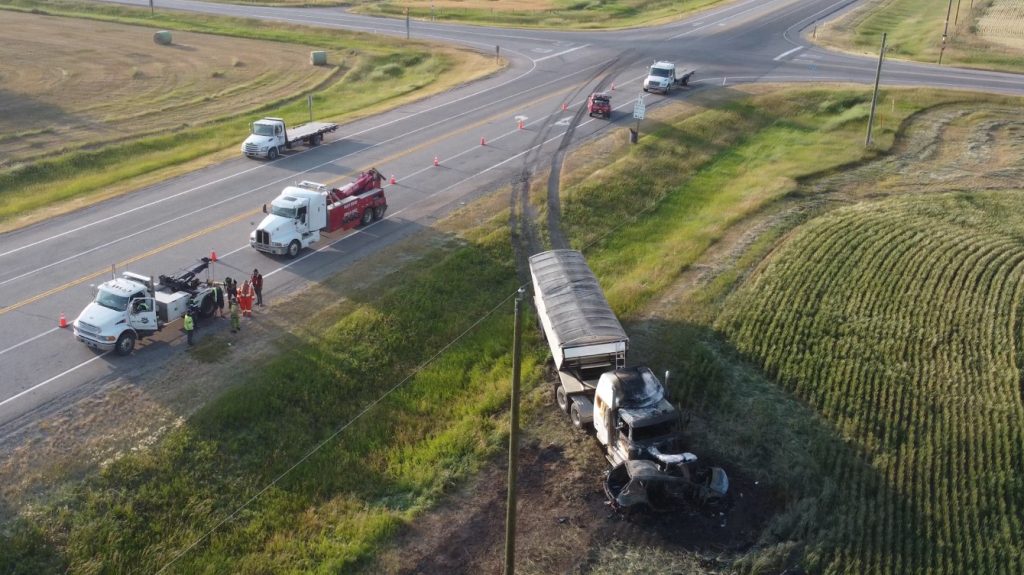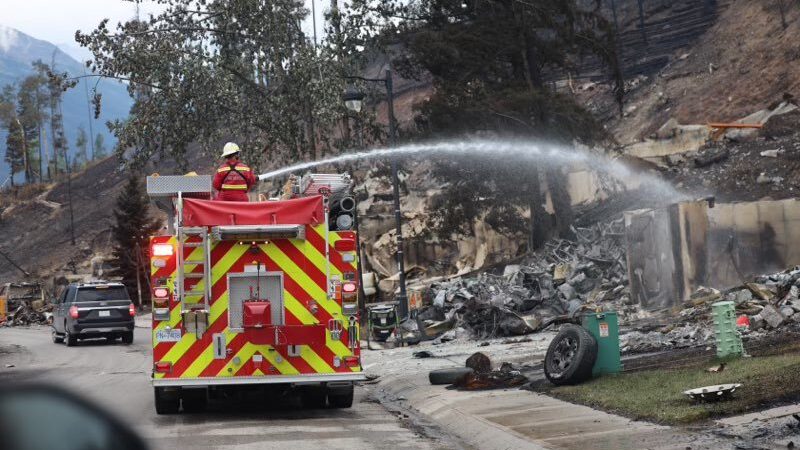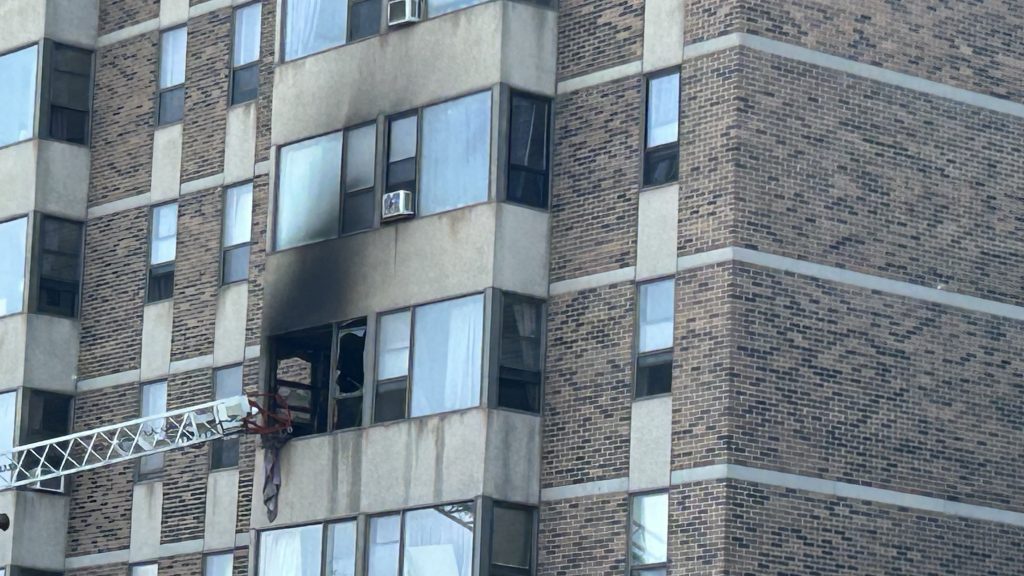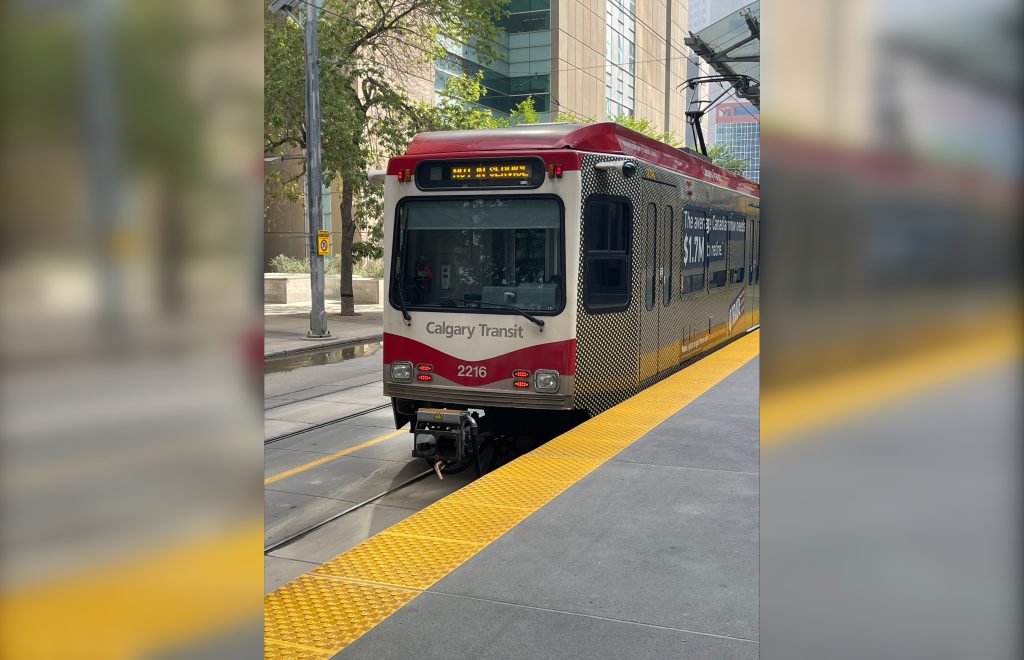Alberta Budget 2023: $2.4B surplus expected
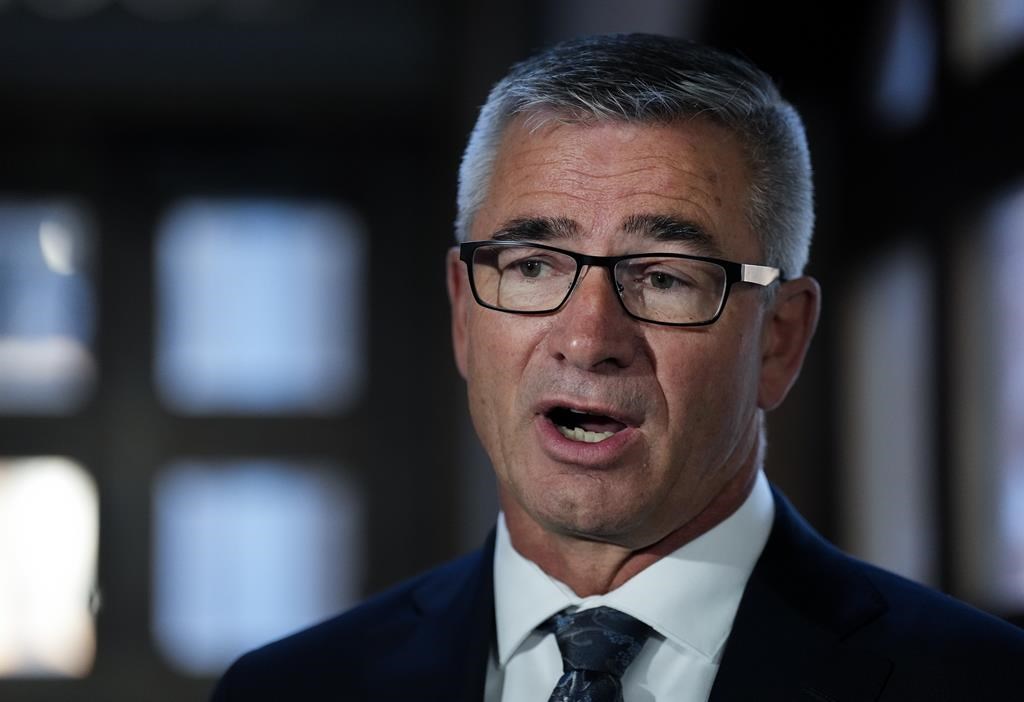
Posted Feb 28, 2023 5:43 pm.
Last Updated Feb 28, 2023 7:06 pm.
Alberta Finance Minister Travis Toews introduced a “balanced budget” Tuesday, a first for the United Conservative Party government under Premier Danielle Smith.
Meanwhile, the province estimates around a $2.4 billion budget surplus from its oil and gas economy. In 2022’s budget, the province predicted around $3.9 billion in comparison.
This budget is also the last one before the scheduled election in May.
Toews introduced the spending plan in 2019 under former Premier Jason Kenney to “bring the province back to fiscal responsibility.”
“In some respects, these past four years have felt like a century — in part, due to the extraordinary global challenges we faced but also because of how far we’ve come,” Toews said in the Alberta Legislature speech.
Toews says the province is on track to rake in $70 billion in revenue, roughly $5 billion lower than Alberta’s $76 billion last fiscal year, with spending at almost $68 billion.
In addition, around $1.5 billion is being used for spending emergencies.
Part of the revenue comes from oilsands money, with bitumen royalties expected to bring in just under $13 billion.
Spending has gone up across key areas, including capital investments, affordability plans, and health care, to name a few.
While reporters caught a glimpse of what the province had in mind for spending over the past week, Alberta ministers were busy sharing numerous proposals from the budget in that time.
Funds were announced for primary care, for various municipal projects, and initiatives to bring in more workers for the health care sector. Funds were also announced for transit in Edmonton and Calgary.
In the meantime, the province had some key takeaways from the budget
Healthcare
Announced a few days before the budget was made public, Alberta is putting around $2 billion over three years towards the Health Care Action Plan, with investments to “strengthen the EMS system,” reduce surgical and ER wait times, to enhance Alberta’s primary care network, and “empower frontline workers.”
Regarding primary care, $243 million was also announced, along with $275 to the mental health and addiction ministry.
Total, the province says $24 billion is forecasted as an expense for health care, which is an $1.8 billion increase from last year.
This is a boost of around four per cent in health spending since the last fiscal update.
Read More: Alberta budget to include $2B for primary healthcare
In addition, 1,800 seats are part of the budget proposal for health care aides, licensed practical nurses, and registered nurses over the next three years, with another 120 seats to train physicians.
Toews says demand for long-term beds “could double” in 25 years. As a result, he says the province is proposing $1 billion over the next ten years to “ensure that our loved ones, the ones on whose shoulders we stand, will receive the care they need in their later years.”
The province also made a deal in principle with the federal government on Monday, which will see the federal government invest $24 billion into Alberta’s health-care system over the next ten years.
Affordability, Education
When it comes to affordability, Toews says $3 billion as part of the Affordability Action Plan will provide relief measures for Albertans.
Alberta’s government has indexed personal income taxes to inflation and fully paused the collection of the 13-cent provincial fuel tax until June 2023, which has gone back and forth on how much people were saving throughout 2022.
Toews says the electricity rebates provide “two million Alberta homes and businesses” with relief.
Related Stories:
-
Alberta expands electricity rebate
-
Alberta to scrap provincial fuel tax in 2023
-
Alberta affordability payment applications open Wednesday
In addition, the action plan also includes reducing the student loan interest rate, along with the no-interest, no-payment grace period being extended to one year after graduation.
Toews also said the budget promises a cap on post-secondary tuition increases starting in 2024, which Advanced Education Minister Demetrios Nicolaides announced a week prior.
Almost $1 billion will be spent for resources for the K-12 education system and to “welcome new students,” and will include targeted funding to help the “complex needs of our youth.’
Around 58 schools are planned for construction, and funds will be used to provide rides for around 80,000 students with family-friendly distance eligibility.
Capital investments in the province, Municipality spending
About $23 billion in capital project funding will support 20,000 direct and 12,000 indirect jobs annually through 2025-2026.
This includes with around $3.5 billion for capital maintenance and renewal, $3.1 billion for health facilities, $2.3 billion for roads and bridges, $1.6 billion for schools, $1.1 billion for agriculture and natural resources, $3.2 billion for other Capital Plan envelopes, and $1.7 billion for self-financed capital spending.
According to the latest budget, around $6.9 billion over three years will support municipalities to acquire jobs for Albertans.
Calgary and Edmonton will see about $3 billion for their LRT systems.
There will be $5 million in 2023-2024 for Calgary for work on the Blue Line extension and $211 million for clean water and wastewater disposal infrastructure.
In addition, $30 million is going to the Red Deer Regional Red Deer Airport Expansion.
About $2 billion will go to the Municipal Sustainability Initiative (MSI) and the Local Government Fiscal Framework, replacing the MSI in 2024-2025.
There will be $150 million for the Community Facility Enhancement Program, which is meant for non-profit organizations, with funds for local public-use enhancements, and $12 million over three years for new campground developments.
The spending for municipalities will include $155 million for recovery communities across Alberta to offer long-term residential addiction treatment relief.
Oil and gas major part of surplus
Oil prices plunged into negative territory early in the COVID-19 pandemic, only to rebound over the last 24 months as the global economy picked up and Russia’s invasion of Ukraine drove up prices.
West Texas Intermediate — the benchmark price for North American oil — is expected to remain strong at around US$70 and US$80 per barrel in the coming years.
Alberta’s oil booms have allowed it to pay the bills while keeping the lowest tax regime in Canada, along with no provincial sales tax.
However, as successive governments tied operational spending to the ups and downs of oil prices, oil booms have seen sky-high surpluses accompanied by equally head-spinning deficits during bad times.
Toews introduced a plan for legislated balanced budgets that can only go into the red when there are emergencies, such as COVID-19 or last-minute steep drops in revenue.
Even if such events occur, the government must regain balance within two years. Spending increases would also be limited to inflation plus population growth.
Toews said it would be “far more than embarrassing” if the government were to break its balanced budget law.
“It would be a public spectacle, and there would be a huge political cost to bear,” he said.
“Simply passing legislation around these fiscal rules provides real teeth in terms of the impetus for governments to follow them.”
The surplus for the fiscal year about to end had been on track to be $12.3 billion but will now come in at $10.4 billion.
The change is to help pay for $3.5 billion in inflation-aid programs and a new deal for physicians and wages in bargaining with public-sector unions.
Economic indicators remain robust. Alberta’s real GDP growth is expected to rise 2.8 per cent to lead the nation.
NDP says Smith’s budget ‘should be her last’
Alberta NDP leader Rachel Notley held a news conference shortly after the budget was announced and said the health care funding and the education funding are short by $1.4 billion and $1.6 billion respectively when adjusted for inflation and population growth.
“Frankly, the best news in Danielle Smith’s first budget is that it could be her last one because very soon, Albertans will have a choice to turn the page,” Notley said.
She says the much talked about Alberta provincial police force and the Alberta pension plan are hidden, and called it a “fraudulent budget designed to buy votes ahead of the election.”
“It hides Danielle Smith’s worst ideas while sidelining the real priorities of Alberta families,” she said.
Meanwhile, the NDP say the budget did not include initiatives for economic diversification nor any plan to “attract investment” to fuel the economy in the next few decades.
More information can be found on the Alberta government website.
